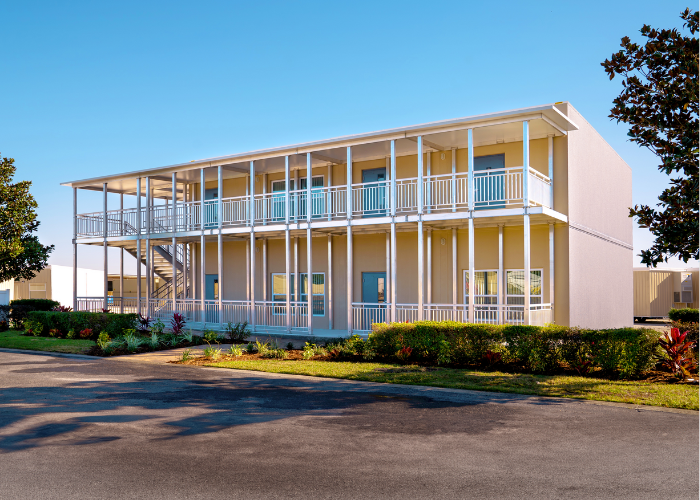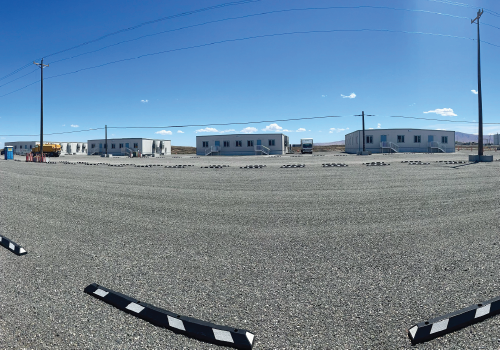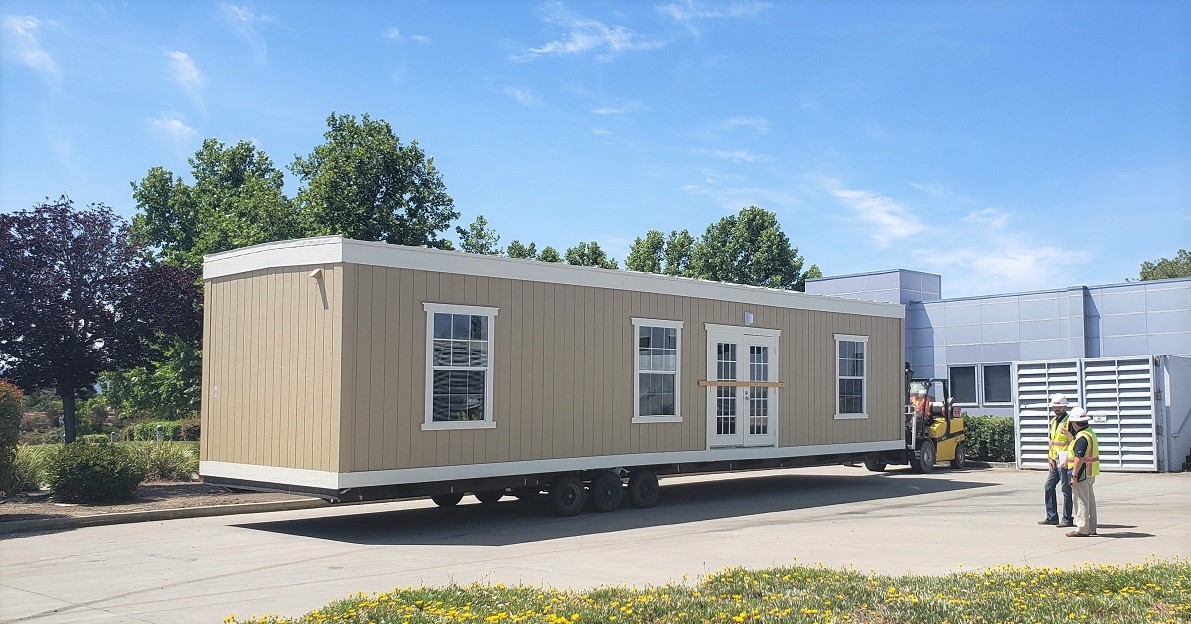Understanding Soaring Construction Costs
Builders and developers across the United States are facing a steep increase in the construction cost for commercial as well as housing structures. Though building construction costs have been steadily increasing since the end of the recession in 2014, the commercial construction cost index of Q1 2018 is up almost four percent in comparison to its value last year. So what’s obstructing the efforts toward cost control in construction for optimal ROI?
Factors affecting construction cost
Several factors drive commercial construction costs which are grouped under different types of costs.
Hard costs
Hard costs consist of labor and material costs which are relatively predictable. However, this is the type of expense that is primarily responsible for the current construction cost. One of the reasons labor costs have increased is because there is a shortage of labor.
Most of the workers laid off during the recession never returned to the industry. In addition, parents in the 1990’s and early 2000’s pushed their children toward four-year colleges, and many high schools even started phasing out shop and skill development classes – all these factors have driven potential skilled workers away from the construction business, adding to the skilled labor shortage.
With the unavailability of skilled and experienced workers, subcontractors have had to recruit new workers with less experience, driving up the need for on-the-job training and therefore, increasing labor costs and driving down productivity. In addition, this slowdown of productivity has delayed projects, resulting in a stretched-out project duration, adding to project costs.
The year 2018 has also seen an unprecedented price-rise in construction material, an 8.8 percent annual increase in the cost of all building materials, the steepest in the past seven years.
Soft costs
Most of the unforeseeable costs include architectural design, engineering, permits, taxes, insurance, etc. Additional tariffs have contributed to an increase in soft costs. Gone are the days when the building material price quotes were good to count on for 30 or sometimes even 90 days. With additional tariffs on construction materials imported from Canada, China, Mexico and EU there has been more of a price uncertainty.
Immediately after tariffs on raw steel imports went up, prices soared by almost 25 percent, with most vendors not guaranteeing the price quotes for more than 24 hours. Before the increase in tariffs, steel accounted for nearly 16 percent of the commercial project construction cost. Levies on 25 percent of steel imports could cause an increase in building costs.
Operational costs
Also termed as ‘life cycle cost,’ these charges represent the cost to operate a building over its lifetime. This includes energy, water, operation, maintenance, repair, etc., some of which the costs have increased over time. For example, energy prices can vary and change at a different rate than general price inflations, making it more difficult to predict. Water costs are broken down into water usage costs and water disposal costs which vary as well.
Financing costs
These costs are critical when you intend to finance your construction project and consist of your loan interest and other associated outlays. These costs may vary depending on multiple factors such as if the project is considered a federal project or if the project is financed through an Energy Savings Performance Contract (ESPC).
How to reduce construction cost
Much of what contributes to the rise in construction costs can’t be fully controlled or reduced, however, there are ways that you can reduce construction costs for your business:
Implementing a design-build delivery method
In the Design-Build delivery system, both the design and construction activities are contracted to a single entity. This method combines design and construction functions for better construction cost management and saves around six percent of your project cost.
Thinking out-of-box and adopting modular construction
In modular construction, almost 95 percent of the actual build work is completed in a factory and then assembled on-site, drastically reducing the project labor requirement. The factory ecosystem converts the construction process into a manufacturing process, further eliminating the need for skilled workers – making this method the best fit to combat a labor shortage, while also creating a safer environment for employees to work in.
Additionally, the factory set-up offers a controlled environment. You require less material and the build-time may be reduced by 25 to 50 percent as compared to site-built projects – the impact on project cost is direct and substantial.
Prefabricated construction offers sustainable construction with significantly reduced construction cost - ranging anywhere from 25 to 60 percent less compared to traditional methods. Besides bringing cost and time savings, prefabricated construction is eco-friendly and highly customizable!
Mobile Modular, one of the largest providers of modular buildings in the U.S, delivers in-stock buildings in one business day. Our prefabricated buildings for rent and sale are available in a range of sizes. We also offer customizations and help you to choose a building that fits your needs. For more information contact us or request a quote.





